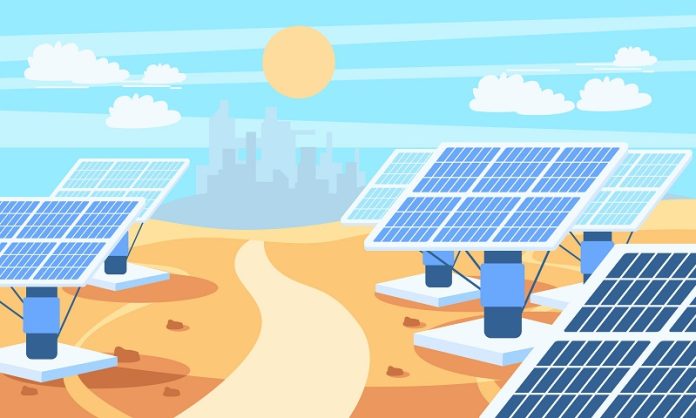
A team of scientists in South Korea has made a big step forward in creating better solar cells that are safer for the environment.
These new solar cells are made using a material called silver bismuth sulfide (AgBiS2), which is non-toxic and easy to find in nature.
Unlike some traditional solar cells that use harmful metals like lead or cadmium, these new ones are much safer and more eco-friendly.
The team’s new technology increases the efficiency of these solar cells by 8.26%.
That might sound like a small number, but it makes a big difference.
For example, with this improvement, the solar cell could charge a smartphone four to five more times or keep a small LED light on for more than two extra hours.
This boost could help these solar cells become more useful in real-life situations and speed up their path to being sold and used widely.
One big problem with silver bismuth sulfide solar cells in the past was that they stopped working well if the layer that absorbs sunlight got too thick. When this happens, electricity can’t move through the material properly, which lowers the cell’s performance.
To fix this, the researchers developed a special thin film by mixing materials to help electricity move better.
They chemically treated the silver bismuth sulfide nanocrystals to give them two different types of properties — one that gives electrons (donor) and one that accepts electrons (acceptor).
By putting both types into the same layer, they made it much easier for electricity to flow, even when the layer is thicker than before.
The new design allowed them to double the thickness of the solar cell’s light-absorbing layer — from the usual 30 nanometers to 65 nanometers — without losing efficiency.
This means the cell can capture more sunlight and still work very well.
Professor Choi Jong-min from the Department of Energy Science and Engineering at DGIST said, “This research helps electricity move more freely inside the solar cell, so it still works well even if the layer is thicker.
We hope this eco-friendly technology can be used in many types of high-efficiency solar cells in the future.”
This project was a collaboration between researchers from DGIST and UNIST.
It was led by students Kim Hae-jung and Park Jin-young from DGIST, and Choi Ye-jin, a student in the combined Master’s and PhD program at UNIST. Their findings were published in the scientific journal Advanced Energy Materials.



